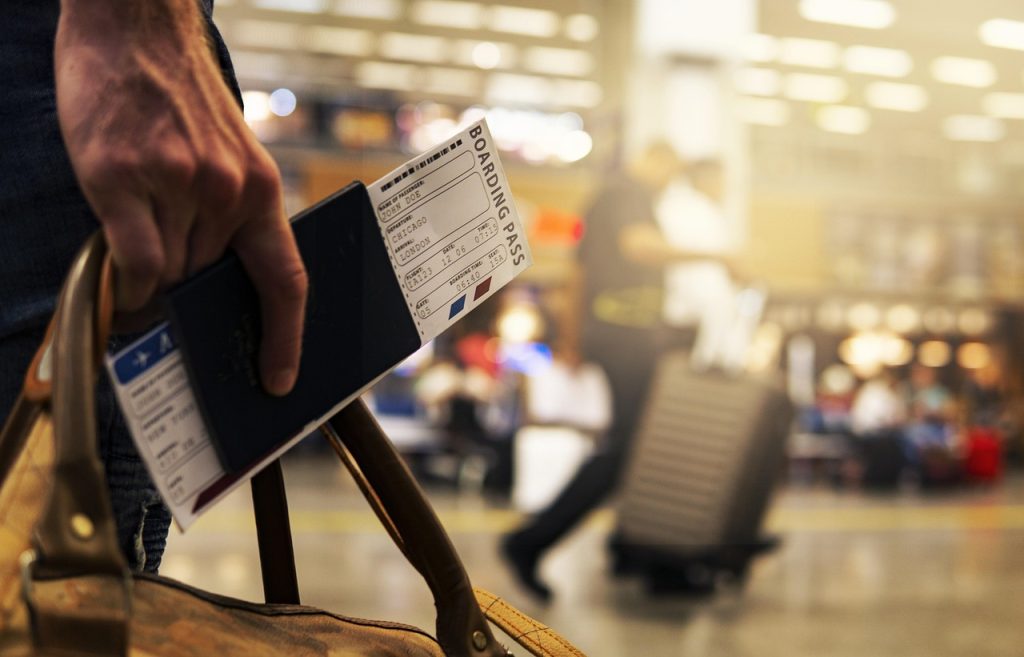The Entry/Exit System EES
Starting 12 October 2025, the Netherlands will begin rolling out the Entry/Exit System (EES) – a new digital border control system that will significantly change how non-EU nationals enter and exit the country. Full implementation is expected by 10 April 2026.
What does this mean for highly skilled migrants, short-stay visa holders, and the companies that employ or relocate them?
What is the EES?
The Entry/Exit System (EES) is an automated IT system for border formalities. It replaces manual passport stamping for non-EU nationals entering the Schengen Area for short stays (up to 90 days in any 180-day period).
Instead of stamps, the EES will:
- Record biometric data (fingerprints and facial image)
- Log entry and exit dates
- Track overstays automatically
- Provide real-time data to border authorities and law enforcement
This system applies to:
- Visa-exempt travelers (e.g. from the US, UK, Canada, Japan)
- Short-stay visa holders
- Non-EU nationals entering for tourism, business, or family visits

Who is not affected by the Entry/Exit System?
The EES does not apply to:
- EU/EEA/Swiss citizens
- Holders of residence permits or long-stay visas
- Highly skilled migrants with valid Dutch residence permits
- Intra-corporate transferees, researchers, students, and au pairs with long-stay permits
What about highly skilled migrants entering for the first time?
If a highly skilled migrant who does not need an MVV entry visa is entering the Netherlands for the first time, they may fall under the EES rules.
In that case, their biometric data will be collected at the border, and their stay will be tracked digitally. Once their residence permit is granted, they are no longer subject to EES tracking.
What are the benefits of the EES?
For travelers:
- Faster border checks (especially with biometric passports)
- No more faded or missing passport stamps
- Online tool to check remaining days in the Schengen Area
For employers and HR teams:
- Clearer compliance with 90/180-day rules
- Reduced risk of overstays for short-term assignees or business travelers
- Improved security and transparency in cross-border mobility
What should employers do?
- Inform your short-stay travelers (e.g. business visitors, pre-relocation visits) about the EES.
- Ensure biometric passports are used where possible for faster processing.
- Coordinate with relocation providers to avoid confusion at the border during the transition period (Oct 2025–Apr 2026).
- Monitor short-stay durations carefully – especially for visa-exempt travelers who may not realize they’re being tracked digitally.
Final thoughts
The EES is a major step toward modernizing EU border management. While it won’t affect most highly skilled migrants with valid residence permits, it’s crucial for HR and mobility teams to understand the implications for short-stay travelers and first-time arrivals.
More info
Do you work with short-stay employees in the Netherlands? Anywr Netherlands developed a short term assistance programme to support you and the employees. Do you wish to know more? Feel welcome to send us a message on info.nl@anywr-group.com.



